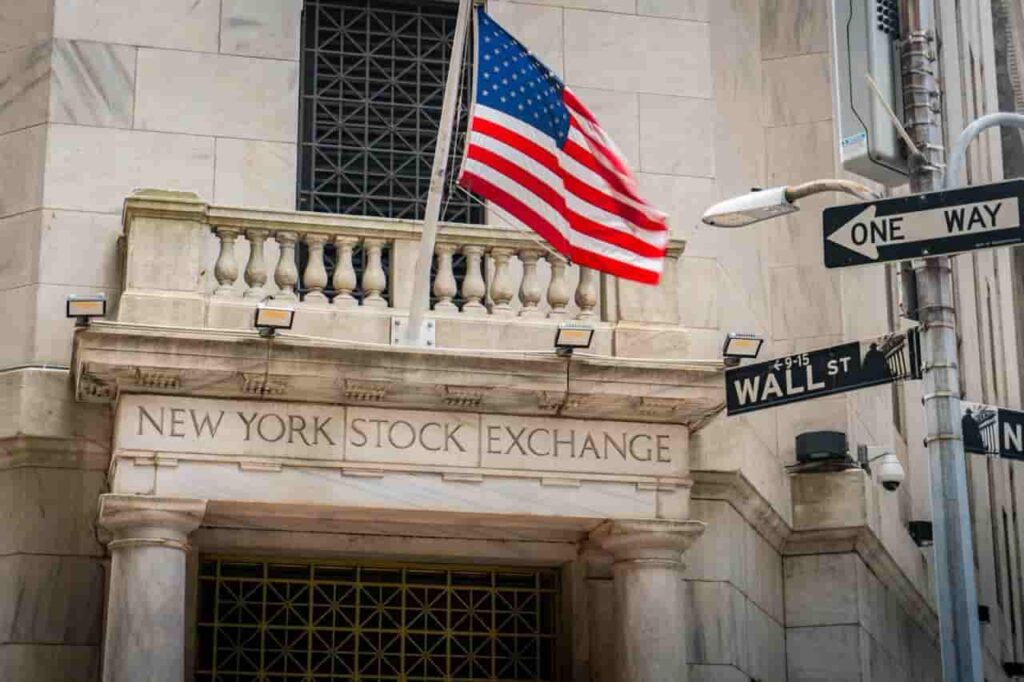While somewhat overlooked among the big numbers, such as 245% tariff on China and the H20 chip ban, Federal Reserve Chair Jerome Powell contributed to the April 16 stock market downturn.
Specifically, investors were encouraged on Friday, April 11, by reports indicating that America’s Central Bank is ready to step in and save equities from the dire straits they are in.
By Wednesday, the Fed had revealed it was in the ‘wait and see’ stage.
Indeed, Powell opined that the market is functioning as intended despite the uncertainty and that it would be necessary to see the tariff impact unfold before deciding on measures such as interest rate cuts.
Why there will be no ‘Fed put’ in the foreseeable future
The institution’s decision not to promise a ‘Fed put’ aligns with the concerns that any intervention could worsen volatility and speculative trading, as it would effectively provide a ‘floor’ for losses.
Simultaneously, the heightened funds rate puts the Reserve in a position of strength if a recession truly starts unfolding, as lowering it is one of the immediate measures for stimulating buying.
Furthermore, the Fed stepping in as soon as stocks move lower goes, at the very least, against the spirit of America’s economic system, as the stock market is supposed to reflect the conditions accurately.
In fact, some commentators such as the famed finance author Harry Dent believe that previous attempts to tinker with the economy and extend the lifespan of the bull market have given rise to history’s biggest bubble and, in turn, created the circumstances that will lead to history’s biggest bust.
The April 16 crash was greater than the ‘Fed put’ revelation
Elsewhere, Powell can’t be attributed to the entirety of the April 16 downturn. The day saw the impact of the White House’s late April 15 announcement that new semiconductor restrictions on export to China would be implemented.
Considering the scale of business, Nvidia (NASDAQ: NVDA) and Advanced Micro Devices (NASDAQ: AMD) have in the People’s Republic, both chipmakers suffered a substantial crash. Due to Nvidia’s position as sector leader, there is little doubt that its crash pulled multiple other stocks lower.
On April 15, investors were also jittered by a White House website ‘fact sheet’ revealing some Chinese products would face a 245% tariff rate.
Though the figure is unlikely to trigger a direct retaliation from China – the country previously stated it would ignore further increases as the tariffs were already so high that the People’s Republic would not buy American goods – it spoiled the optimism that arose from the East Asian nation’s earlier comments about its willingness to negotiate.
Featured image via Shutterstock










